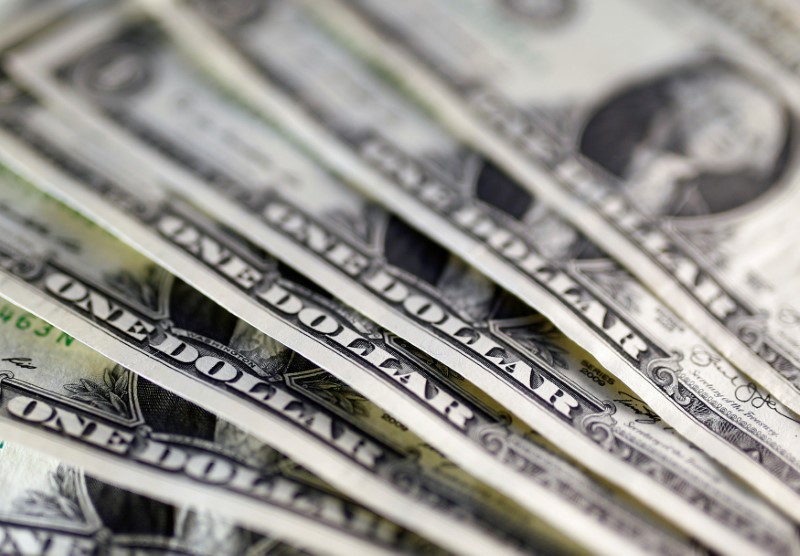By Gina Lee
Investing.com – The dollar was down on Thursday morning in Asia. The U.S. currency continued its losses as increased hopes for massive U.S. stimulus measures under the newly inaugurated Joe Biden administration eroded demand for safe-haven currencies.
The U.S. Dollar Index that tracks the greenback against a basket of other currencies edged down 0.19% to 90.300 by 11:26 PM ET (4:26 AM GMT), after closing almost unchanged during the previous session.
The USD/JPY pair inched down 0.04% to 103.47. The dollar was mostly flat against its fellow safe-haven currency, after sliding to a two-week low overnight. The Bank of Japan kept the interest rate unchanged at 0.10% when it handed down its policy decision earlier in the day.
The AUD/USD was up 0.32% to 0.7770. Data released earlier in the day showed that Australia’s employment change in December was 50,000, in line with the forecast prepared by Investing.com and down from November’s 90,000 figure. The NZD/USD pair gained 0.52% to 7.2026.
The USD/CNY pair inched down 0.07% to 6.4605 and the GBP/USD pair gained 0.22% to 1.3683.
Riskier commodity currencies gained after Asian shares followed their U.S. counterparts to new records as Biden, who has laid out plans for a $1.9 trillion COVID-19 relief package, was sworn into on Wednesday. The new 46th U.S. president vowed to end the “uncivil war” in a deeply divided country dealing with the economic impact of COVID-19 and surging case numbers.
“Risk sentiment is quite positive right now and we expect it to remain so this year, with growth expected to rebound quite strongly,” Barclays (LON:BARC) Capital senior currency strategist Shinichiro Kadota told Reuters.
The Canadian dollar and Norwegian crown are likely to outperform, while European currencies lag. The greenback should also strengthen this year as the U.S. recovers faster than most other countries, he added.
The greenback slipped 0.1% against the Canadian dollar earlier in the session, declining for the third consecutive day and seeing a three-year low during the previous session. It also slid 0.2% against the Norwegian crown in another third day of declines.
The Bank of Canada held its key overnight interest rate at 0.25% on Wednesday, with the arrival of a COVID-19 vaccine and stronger foreign demand brightening the economic outlook in the medium term. Investors had been watching for the prospect of a micro rate cut of less than 25 basis points.
The European Central bank is also due to hand down its policy decision later in the day. The euro gained 0.2%, reversing losses seen during the previous session. Europe also continues to deal with a second wave of COVID-19 cases, and fears are mounting that new strains of the virus could lead to stricter lockdowns and more economic damage.
